Calle del Muro de Piedra del Palacio Deoksugung (덕수궁 돌담길)
7.7Km 2021-02-17
Sejong-daero 101, Jung-gu, Seúl
+82-2-120
Con una longitud de 900 metros, la calle del muro de piedra del palacio Deoksugung fue el primer espacio urbano creado con la intención de que las personas y la naturaleza coexistan en un mismo lugar. La calle fue construida usando materiales sostenibles y se tomaron las mayores medidas para dar prioridad a la seguridad del peatón. Hay aproximadamente 20 bancos y 130 árboles a lo largo de la calle ofreciendo un agradable espacio para descansar y disfrutar del ambiente.
Pasear por la calle del muro de piedra es una agradable experiencia. Esta romántica calle es un lugar ideal para pasear en pareja como también un excelente paseo cultural cerca del Museo de Arte de Seúl, el Museo de Historia de Seúl y otros puntos de importancia histórica.
Doseong (도성)
7.7Km 2021-03-26
15, Jahamun-ro 7-gil, Jongno-gu, Seoul
+82-2-738-8885
Sujebi jjambbong (Korean spicy seafood noodle soup with hand-pulled dough) is also a popular menu. This restaurant's signature menu is noodles in black bean sauce. This Korean dishes restaurant is located in Jongno-gu, Seoul.
Seochon Guest House [Korea Quality] / 서촌 게스트하우스 [한국관광 품질인증]
7.7Km 2023-04-07
28-3, Jahamun-ro 7-gil, Jongno-gu, Seoul
+82-010-3345-9680
Seochon Guest House is located in Seochon, which is becoming a hot place for tourists in Seoul, and precisely on the road to Suseong Valley, whichis filled with interesting stores and is also well-known for Park Nosoo Art Gallery and the House of Yun Dong-ju (poet). Seochon Guest House is nicknamed ‘Jaeminangol (interesting village)’ after Baekseok’s poem ‘Yeowunangol’, with the aim of providing a visit full of interesting experiences. Passing through a garden and entering the main building, the unique charm of this hanok building, the staircase to get to the first floor from daecheong (main floored room), catches the eye of the visitors. In addition, the building is decorated with various stylish objects including paintings and Korean musical instruments. The terrace situated on the first floor offers an open view of the surrounding area including roof tiles of hanok structures and alleyways in Seochon. It is said that Korean novelist Yoon Hu-myeong also appreciated the structure of the guesthouse, saying, “It is an interesting place.” Built in the 1930s, the house, which has many storage places, was taken by the owner couple in spring 2014 as they were attracted by the house during their trip to Seochon. After the repair work, the ground floor of the house was opened for guests from January 2016, hoping that guests could share their daily experiences and stories with each other. The guestrooms and the main floored room on the ground floor are open to guests, with the exception of the first floor, which is used by the owner couple. The living room is equipped with books, a curved TV, and a table. The tasty meal, which is served in the kitchen, consists of rice and soup with six side dishes and is much loved by guests. The guesthouse offers a total of four rooms – Jae Room, which is the most Korean-style room; Mi Room, which has a combined style of a Korean-style room and Western-style room; Nan Room, which is an ideal room for meditation with a beautiful paper window; and Ahn Room, which is equipped with a veranda and a pretty flowerbed. Every room has its separate charm with various comfortable bedding to provide a quiet and cozy bedroom for guests in the middle of the city. Furthermore, the guesthouse holds a pansori (epic chant) performance twice a year. The owner started learning how to sing pansori to promote the Korean culture and tradition to foreigners. When a pansori performance is held, the owner offers traditional Korean snacks and drinks including sikhye (sweet rice punch), sujeonggwa (cinnamon punch), traditional sweets and cookies, and tteok (rice cakes) to visitors, tourists, and performers. Moreover, it provides cultural programs such as a Gukak (Korean classical music) experience, Korean traditional clothes experience, and making Korean food experience, as well as other activities with guests, such as trip to the city wall between Inwangsan Mountain and Bugaksan Mountain, and the Royal Palace Tour to Gyeongbokgung Palace, etc., as well as a trip to a traditional market.
Podam (포담)
7.7Km 2021-03-22
11, Jahamun-ro, 9-gil, Jongno-gu, Seoul
+82-2-733-0831
A store featured in Korean gourmet programs. This Chinese (cuisine) restaurant is located in Jongno-gu, Seoul. The most famous menu is dim sum.
Observatorio Jeongdong (정동전망대)
7.7Km 2023-01-26
Deoksugung-gil 15, Jung-gu, Seúl.
Esta atracción oculta se encuentra en el piso 13 del edificio Seosomun, que pertenece al Ayuntamiento de Seúl. El espacio originalmente había sido utilizado para el almacenamiento de suministros y equipo del ayuntamiento, pero fue rediseñado como un observatorio en 2013 y ahora está abierto al público de forma gratuita. El mayor atractivo de este observatorio es que los visitantes pueden tomar una taza de café caliente (las bebidas tienen costo aparte) mientras contemplan la espectacular vista del palacio Deoksugung, la Plaza de Seúl y el área de Jeongdong. El paisaje cambia según las horas o la temporada, lo que constituye otra característica atractiva de este observatorio. Después de pasar por aquí, los visitantes también pueden conseguir un buen almuerzo en uno de los muchos restaurantes cercanos.
Kumho Art Hall (금호아트홀)
7.7Km 2021-12-28
Saemunan-ro 76, Jongno-gu, Seúl.
Kumho Art Hall fue fundado exclusivamente para conciertos de música clásica. Se ubica cerca de Gwanghwamun. Con una capacidad para 390 personas, cuenta con una estructura perfecta para conciertos. Todos los asientos son cómodos y el amplio espacio entre las filas de los asientos permite que los espectadores disfruten del espectáculo. También hay asientos portables para discapacitados. El interior del teatro es cómodo y elegante, el escenario está hecho de madera de arce. Se realizan 150 conciertos anualmente, y también se llevan adelante exposiciones de arte en el pabellón principal.
Calle de la Gastronomía de la Aldea Sejong (세종마을 음식문화거리)
7.7Km 2025-05-27
Chebu-dong 194-2, Jongno-gu, Seúl
Museo Nacional de Arte Moderno y Contemporáneo en Deoksugung [MMCA] (국립현대미술관 덕수궁관)
7.7Km 2024-07-29
Sejong-daero 99, Jung-gu, Seúl.
Este museo se dedica a la investigación y el estudio del arte moderno, y también en su exposición y conservación. Aquí podrá ver obras clásicas del arte moderno. Debido a que utiliza el anexo Seokjojeon, dentro del palacio Deoksugung, como su lugar de exposición, el centro mantiene por ello un ambiente tradicional único. En el primer piso están la oficina de administración y la sala audiovisual, y el segundo piso tiene exposiciones de arte moderno en las salas 1 y 2. El tercer piso tiene las salas 3 y 4, en donde las obras seleccionadas como el mejor arte moderno están expuestas durante todo el año. Puede ver obras modernas, tales como pinturas con tinta china, a color, óleos y esculturas. Además de las exposiciones, el centro tiene varias actuaciones, tales como música y mímica. También las conferencias o seminarios, sobre las obras de los artistas, se celebran a menudo y son populares entre los turistas. El Parque de los Ciudadanos del exterior del museo es frecuentado por mucha gente que va allí a relajarse.
Chebudong Janchijip Dwaejigalbi (체부동잔치집돼지갈비)
7.7Km 2021-03-18
24, Jahamun-ro, 1-gil, Jongno-gu, Seoul
+82-2-722-3555
This is a Korean cuisine located in Jongno-gu, Seoul. The best menu at this restaurant is marinated grilled spareribs. A Korean BBQ restaurant.
Hojil (호질)
7.7Km 2021-03-20
15, Jahamun-ro, 9-gil, Jongno-gu, Seoul
+82-2-764-6822
A good restaurant to visit before and after the tour, being located near Gyeongbokgung Palace, one of the tourist attractions. This restaurant's signature menu is spicy sea snail salad. This Korean dishes restaurant is located in Jongno-gu, Seoul.
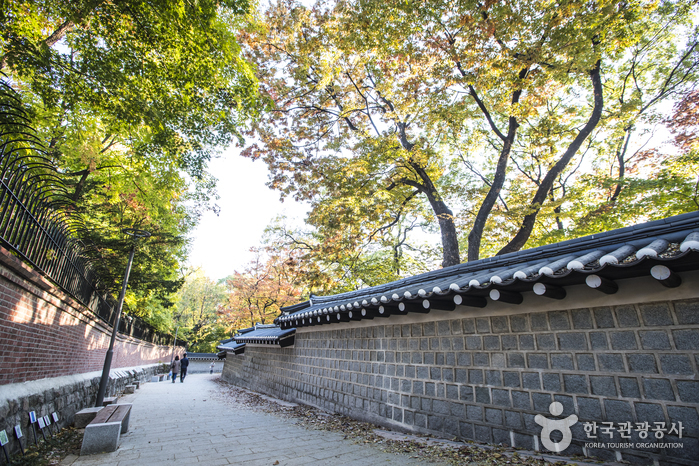
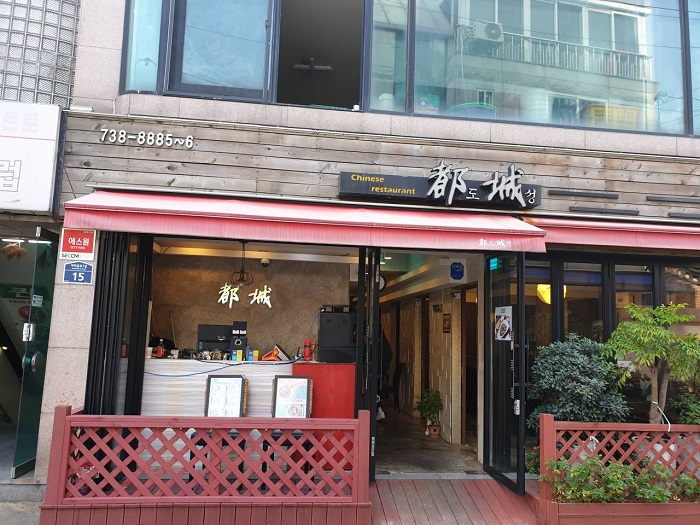
![Seochon Guest House [Korea Quality] / 서촌 게스트하우스 [한국관광 품질인증]](http://tong.visitkorea.or.kr/cms/resource/41/2447241_image2_1.jpg)
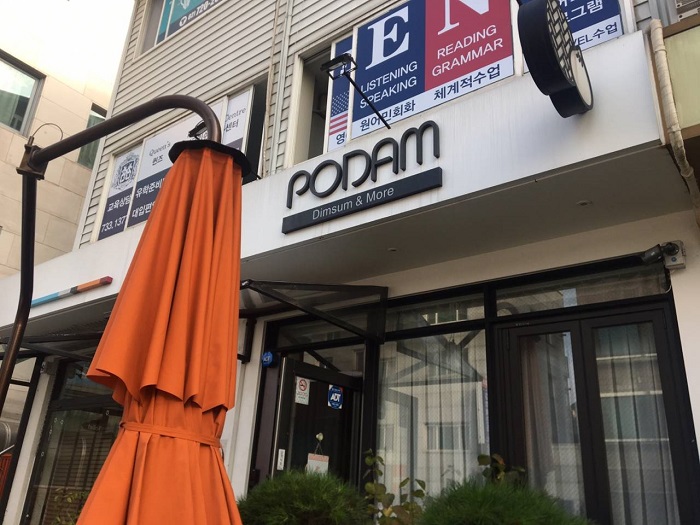

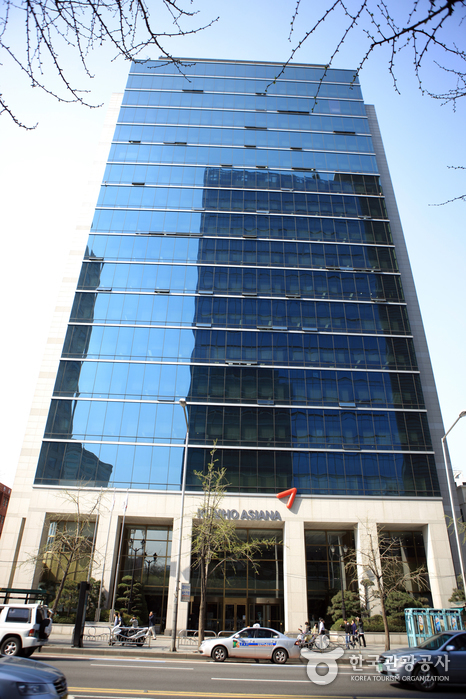
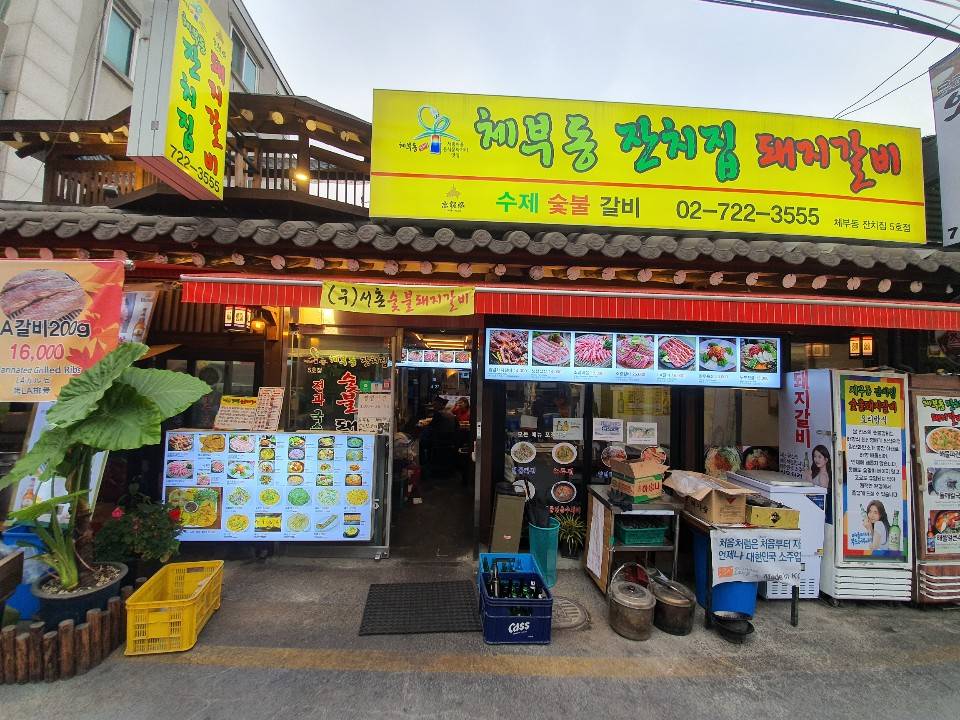
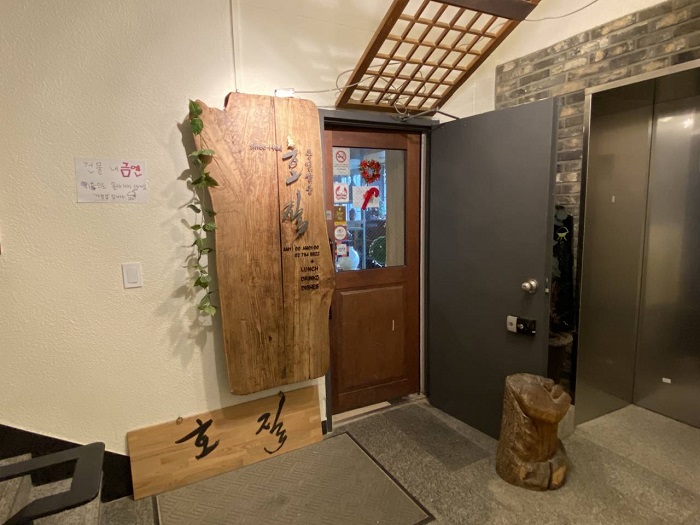
 Español
Español
 한국어
한국어 English
English 日本語
日本語 中文(简体)
中文(简体) Deutsch
Deutsch Français
Français Русский
Русский